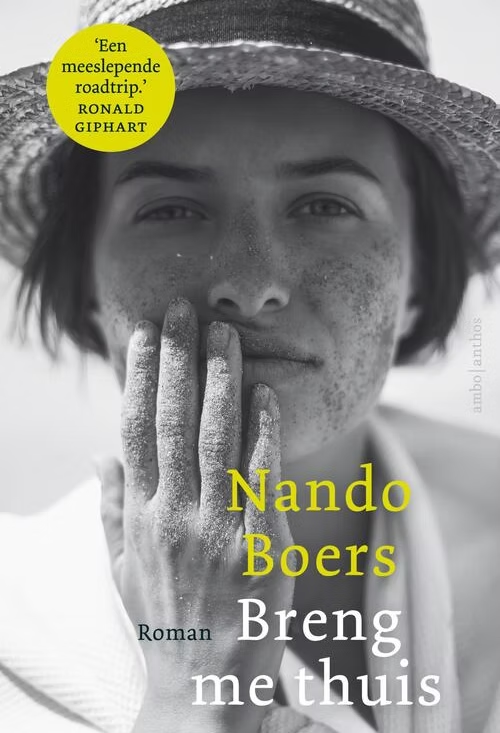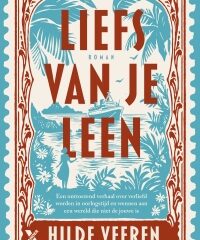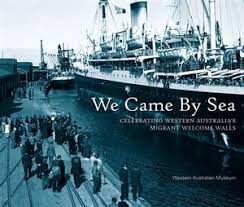
Nando Boers’ second novel Breng me thuis (‘Take me home’, 2020) tells the story of a Dutch family that moves to Australia in the 1990s but struggles to reconcile with this country as their new home.
A young Dutch couple, Hector and Anna, turn to Australia as a place to start a new life away from the looming shadow that the Cold War casts over Europe. After a long journey by sea they finally arrive in the land down under, where Anna gives birth to a baby boy named Bruce. Bruce grows up in Australia with his parents (who are referred to throughout the book by the English names Mom and Dad), but gradually Anna begins to distance herself from her family. Eventually, she comes to the conclusion that Australia is not the place for her, and she returns to Europe and tries to build a life for herself in Switzerland.
Bruce and his father remain in Australia. Years later, father and son roadtrip together to southern Australia, where a major bushfire is burning. The journey brings up all sorts of questions about the past and about their family. What kind of person is Mom, and why did she leave Australia and return to Europe? What does Australia mean to them? How long do you have to live somewhere before it starts to feel like home?
Breng me thuis explores themes of identity, belonging, and the emotional challenges of migration. Through its characters the novel highlights the complexities of finding home in a foreign land and how this experience is different for everyone. For Dutch Australians, the novel is important for two reasons. First, it captures an experience of return migration. Second, through the character of Bruce, the novel provides the perspective of a second-generation Dutch Australian.
About the author
Nando Boers was born in the Netherlands in 1970. He is a journalist and writer and has published several books, including two novels. When Boers was twelve years old his parents migrated with their children to Australia, winding up in Melbourne. Breng me thuis was partly inspired by the nine months Boers and his family spent in Australia, and draws on his memories of this time.
Sources and further reading:
- Website Nando Boers
- Interview with Nando Boers (in Dutch) on Langs de Lijn En Omstreken
- SBS Dutch, ‘Astrid’s boekenkast: Breng me thuis‘


